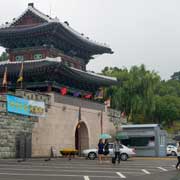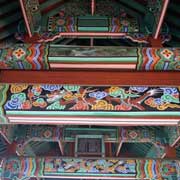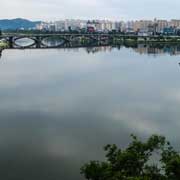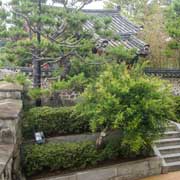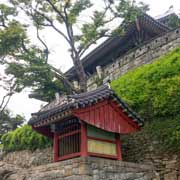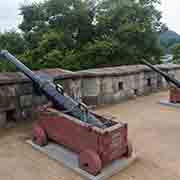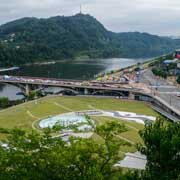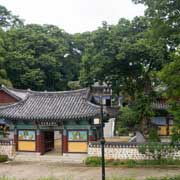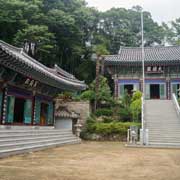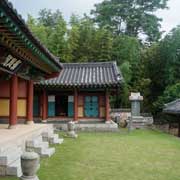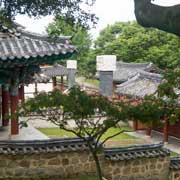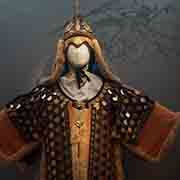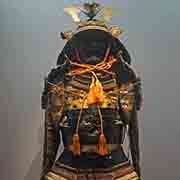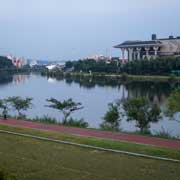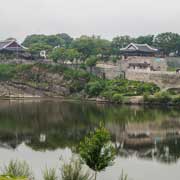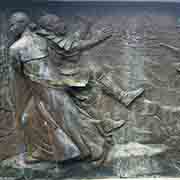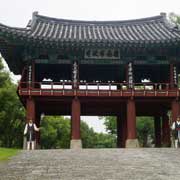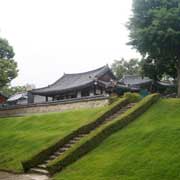Photos of Jinju, South Gyeongsang Province, Korea
Jinju, South Gyeongsang Province
Jinju, a city in Gyeongsangnam-do (South Gyeongsang Province), was the site of the ancient town of Goryeonggaya in the time of the Gaya confederacy (from 42 to 532 CE). The city-fortress was absorbed by Baekje and called “Geoyeolseong” during the Three Kingdom Era, and, later during the Unified Silla Era was named “Geoyeolju”, “Cheongju”, and “Gangju”. In 940, during the Goryeo Dynasty, the name “Jinju” first appeared, although its fortress, Chokseokseong, finally, during the Joseon Dynasty, became Jinjuseong Fortress.
you may then send it as a postcard if you wish.
Here, the sieges by Japanese forces during the Imjin War took place in 1592 and 1593. Jinjuseong Fortress on the Namgang river has been restored, and its Chokseongnu pavilion above the river has become the symbol of Jinju city. Hoguksa, the Buddhist temple built during the Goryeo Period at the time of the reconstruction of Jinjuseong Fortress, was the base of a monk army during the Imjin War with the Japanese in the 16th century. The Changyeolsa shrine was built in 1607 during King Seonjo’s rule to enshrine the ancestral tablets of those who died during the second battle at Jinjuseong Fortress in 1593 against the Japanese invaders.
There is a monument to Nongae, a female entertainer, who killed one of the Japanese generals during their celebration of having invaded Jinjuseong Fortress in 1593 by embracing him and casting herself and him into the river, killing them both. The year before, during the Japanese invasions in the Imjin war, Choi, Nongae’s husband, was assassinated; it is said she sacrificed herself in revenge for her husband’s murder and out of love for her country. The rock from where she leapt was named Uiam, “Rock of Righteousness”. A small shrine is built here.



